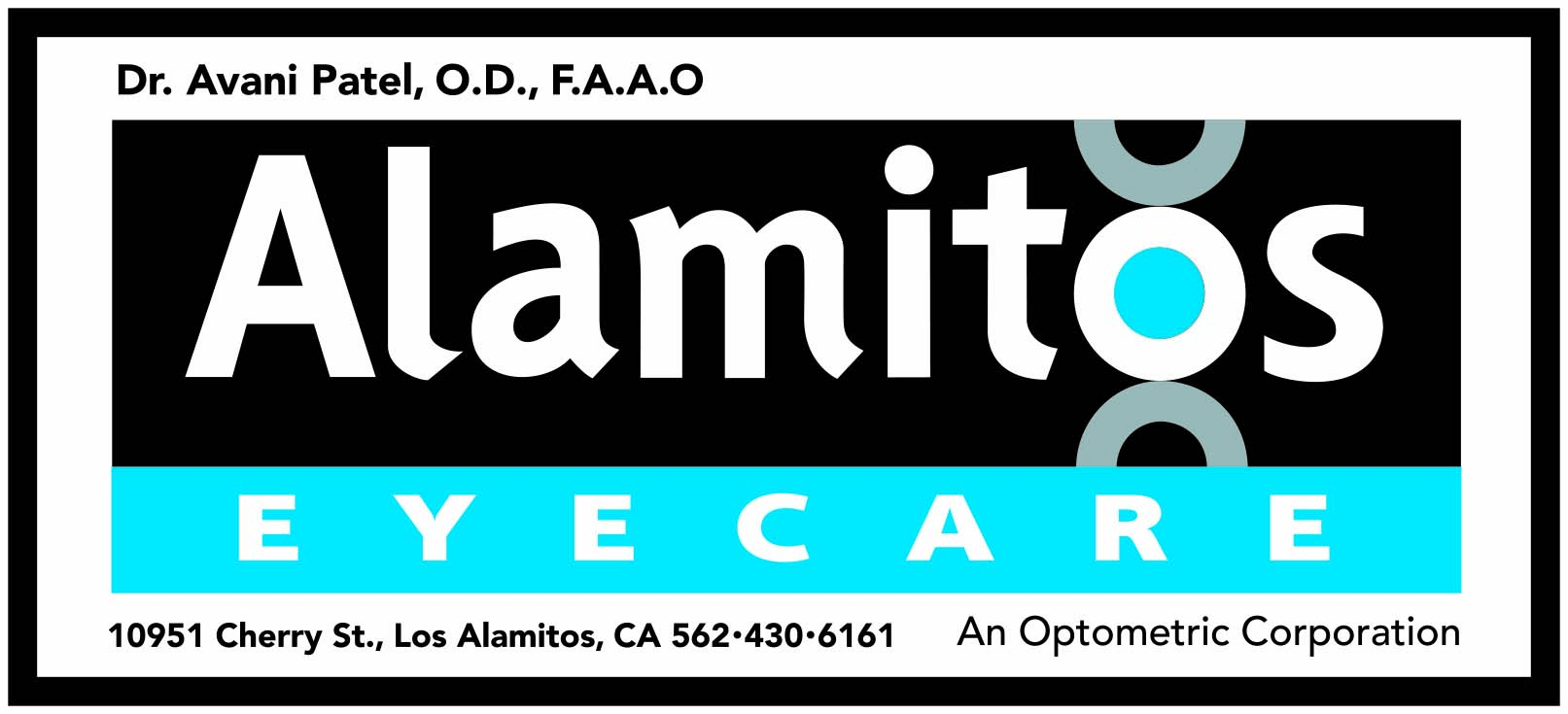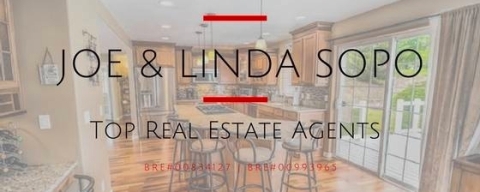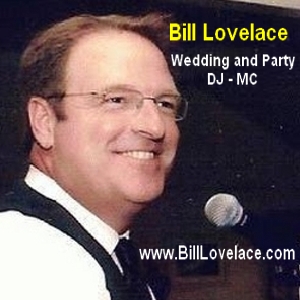


Hospitalizations daily (light blue) and updated (dark blue) |  | |
| (July 12, 2020, 5:10 a.m.) -- On July 14, the City Council could vote to expand the zoning code's definition of "Interim Housing" and make multiple zoning changes that would expand areas in which homeless-serving facilities could operate. These could affect neighborhoods with some types of commercial zones and neighborhoods with multi-unit residential zones.
On July 7, the Council gave initial voted approval to the changes and if it does so for a second time on July 14, they changes will become city zoning law. . Although city staff notes that state law requires some of the changes, most of the LB details, including the types, extent and allowable locations are discretionary; a Council majority could tweak, amend, change or some of them..or accept them as proposed below. Interim Housing would become a sweeping definition encompassing all uses involving temporary sleeping accommodations. It would include emergency shelters, transitional housing, bridge housing, and safe parking sites detailed below. |
 The above ad space donated by LBREPORT.com   |
Emergency Shelters could include kitchens and property storage. They'd be allowed "by-right" in the Regional Highway Commercial (CHW) zone as well the Light Industrial (IL) and Medium Industrial (IM) zones. In addition, they'd be allowed with a Conditional UJse Permit (CUP) within (1) Multi-family Residential (R-4-H, R-4-N, R-4-R, and R-4-U); (2) Commercial (CNR, CCR, CCN); 3) Institutional (I) and with an "Administrative Use Permit" in the General Industrial District (IG) zone. Those new areas are shown on the maps below:
Emergency Shelters are currently allowed as an accessory use to an existing religious use in all zones (Institutional zone areas with existing public schools aren't shown on the maps.) Regarding the vacant ELB parcel along Los Coyotes Diagonal south of Wardlow Rd. [owned by LBCC], the newly approved Land Use Element (LUE) designates the site as a Commercial type that doesn't allow residential uses. However the parcel's underlying zoning hasn't been adjusted yet to match the LUE, and the parcel is currently "Institutional" with a Commercial Placetype. The 5th Council district has multiple "Institutional" zoned areas occupied by churches. Under the zoning code amendments, these could become sites for homeless related facilities. The 4th Council district has commercial areas that allow residential ("mixed uses") and under the proposed zoning changes these could become sites for various types of homeless facilities.
Social service facility without food distribution would be allowed by-right in the CCN zone and with an AUP in the CNP and CNR zones districts. Social service facility with food distribution could be allowed with a CUP (conditional use permit) in the CNR and CCN zones. ("These changes will increase the opportunity for services to be located closer to where persons experiencing housing insecurity are located.
Transitional Housing would be allowed with a CUP (conditional use permit) in commercial zones CCP, CCR, CCN, and CHW and with an AUP (administrative use permit) in Industrial zones IL, IM, and IG. City staff says state law mandates allowing Transitional Housing by-right in all zones where residential uses are permitted (and LB's zoning ordinance is consistent on this.) "Map depicts expanded zoning opportunities." Transitional Housing would also no longer have minimum lengths of stay and could allow stays of up to 24 months.
Prior Public Outreach? City staff says it held a "focus group with external stakeholders" on Oct. 28, 2019, followed by two "open houses" on the proposal (one at WLB's Multi Service Center (Jan 28) and another at Central LB's Ain Library (Jan. 30.) Staff held a "study session" for LB's Planning Commission (Feb. 20, 2020) after which the Mayor-chosen/non-elected body voted on April 16, 2020 to advance the proposal to the City Council. Public notice City staff says it met minimum legally required public notice requirements. LBREPORT.com spotted the item and reported on the proposed zoning changes before they came to the July 7 Council meeting. The neighborhood-impacting July 14 agenda item is easy to miss. City staff agendized it with the title: "Recommendation to declare ordinance amending the Long Beach Municipal Code by amending Sections 21.15.966, 21.15.2290, 21.15 2795, 21.15.2810, 21.15.2985, 21.15.3095, Table 31-1, Table 32-1, Table 33-2, and Table 34-1; by adding Sections 21.15.1475, 21.15.2382,21.15.2793, 21.45.153, 21.45.163, 21.51.278, 21.52.238, and 21.52.269.1; and by repealing Section 21.15.2475, all relating to interim housing, read and adopted as read." The Council's choices A Council majority can amend, tweak or change city staff's proposed zoning changes or adopt as proposed by staff on July 14. On July 7, the Council voted without dissent to approve staff's desired changes as proposed; the Council's July 14 will be the enacting vote. The Council faces some Sac'to constraints. In 2019 (without opposition by the City of LB) the state legislature enacted two bills that limit local control. AB 2162 requires "by-right review of supportive housing on properties where multi-family and mixed uses are permitted, if the proposed housing meets specified criteria. It also requires local jurisdictions to "streamline" approval for certain qualifying projects by removing required California Environmental Quality Act (CEQA) analysis and removing the requirement for a discretionary use permit, such as a Conditional Use Permit (CUP)." AB 101 now requires by-right "streamlined" review of shelters in non-residential zones that permit multifamily housing, if the shelter meets certain criteria. It also creates incentives, in the way of grants, for jurisdictions that follow State Housing Element Law and establishes penalties for jurisdictions that don't comply.
blog comments powered by Disqus Recommend LBREPORT.com to your Facebook friends:
Follow LBReport.com with:
Contact us: mail@LBReport.com |
  
 |